Ep. 217 | The History of the Hokkien People (Part 2)
Laszlo continues his shallow dive into the history of the Hokkien people with a focus on the history of the Hokkien diaspora who populated many cities and towns throughout Southeast Asia.
Please note that the ancestors of Later Lý Dynasty founder Lý Thái Tổ (李太祖) and Tran Dynasty founder Trần Thái Tông are popularly said to have come from Fujian province (as mentioned in this episode). However, this is not an accepted fact and their origin is still being debated among historians.
Listen On Your Favorite Podcast Player
Terms in Episode
| Pinyin/Term | Chinese | English/Meaning |
|---|---|---|
| Bài Tiāngōng | 拜天公 | The ritual of honoring the Jade Emperor on the 9th day of the 1st month |
| BāBā Niángrě | 峇峇娘惹 | The Baba Nyonya - Peranakan Chinese |
| Bādà càixì | 八大菜系 | The Eight Great Cuisines of China |
| Bǎoshān Tíng | 宝山亭 | A pavilion built on Bukit Cina Hill for Han Libao |
| Cháoshàn | 潮汕 | The Chaozhou-Shantou region of southern Guangdong |
| Fújiàn Chǎofàn | 福建炒饭 | Fujian Fried Rice |
| Fújiàn Chǎomiàn | 福建炒面 | Hokkien Char Mee |
| Fújiàn Xiāmiàn | 福建下面 | Hokkien Hae Mee |
| fāngyán | 方言 | local dialect |
| Guóxìngyé | 国姓爷 | This is how we get the Anglicization of Koxinga |
| Guīzhī | 鲑汁 | A kind of sauce derived from fish |
| Gù Yánwǔ | 顾炎武 | A 17th century geographer and philologist |
| Hakka | 客家 | The Hakka people and their culture |
| Hokkien | 福建 | The province and the people of Fujian |
| Hokkien Mee | 福建面 | Hokkien Noodles |
| Hoklo | 福佬 | Another term for Hokkien People |
| Huáng Yùlán | 黄玉兰 | Oei Hui-lan, 2nd wife of Wellington Koo and a style icon in her day |
| Huángmínhuà Yùndòng | 皇民化运动 | Kominka Movement in Taiwan during the Japanese occupation |
| Huárén Qū | 华人区 | The Chinese areas |
| Huìguǎn | 会馆 | A meeting place |
| Hàn | 汉朝 | Dynasty that ran 202 BCE to 220 CE with a break from 9 to 23 CE |
| Hàn Lìbǎo | 汉丽宝 | Ming dynasty princess who was fixed up with the Sultan of Melaka Mansur Sha |
| Jahp / Zhī | 汁 | juice, gravy, dressing, sauce |
| Jìn | 晋朝 | Dynasty that ran from 265-420 |
| kei-jahp | 茄汁 | Cantonese form of Ketchup |
| Later Lý Dynasty | Vietnamese dynasty than ran 1009-1225 | |
| Lín Yǔtáng | 林语堂 | 20th century literary great |
| Lý Thái Tổ . (Lǐ Tàizǔ) | 李太祖 | Founder of the Ly Dynasty |
| míngcài | 名菜 | Famous dishes (of a particular cuisine) |
| Mǎ Liù Jiǎ | 马六甲 | Melaka, Malaysia |
| Mǐn | 闽 | Abbreviation for Fujian and all things Fujian |
| Mǐnnán | 闽南 | The southern part of Fujian and its culture and language |
| Mǐnyuè | 闽越 | Ancient kingdom located in Fujian province |
| Quánzhōu | 泉州 | City in southern Fujian |
| Qín | 秦朝 | China's first imperial dynasty that ran from 221-206 BCE |
| Ròu Gǔ Chá | 肉骨茶 | Meat Bone Tea….Bak Kut Teh |
| Shuō Pǔtōnghuà, zuò wénmíngrén | 说普通话,做文明人 | Speak Mandarin and don’t be so uncivilized speaking these local tongues. |
| Sān Bǎo Shān | 三宝山 | Bukit Cina Hill |
| Taipei (Táiběi) | 台北 | Largest city in Taiwan |
| Tiéguānyīn | 铁观音 | A type of tea famous in Fujian |
| Tiān Gōng | 天公 | Another name for the Jade Emperor |
| Tran Dynasty | Vietnamese dynasty than ran 1225-1400 | |
| Trần Thái Tông | 陈太宗 | Tran Dynasty founder |
| Táng | 唐朝 | Dynasty that ran from 618-907 |
| Tāng yuán | 汤圆 | A Ningbo specialty, glutinous rice flour balls with sweet sesame filling |
| Wàng Lái | 旺来 | Prosperity is coming. In Hokkien this sounds similar to the word for pineapple |
| Wǔ Bǐngjiàn | 伍秉鉴 | Also known to the Western traders as Howqua 浩官, Lived 1769-1843 |
| Xiàmén | 厦门 | Used to be known as Amoy, a city in southern Fujian |
| Xīnjiāpō | 新加坡 | Singapore |
| Yángzhōu Chǎofàn | 扬州炒饭 | A fried rice dish that originated in 18th century Yangzhou and today is a staple at all American Chinese restaurants |
| yóutiáo | 油条 | Fried bread stick |
| Yùhuáng / Yùdì | 玉皇 / 玉帝 | The Jade Emperor |
| Yǒnglè Emperor | 永乐帝 | Ming Dynasty emperor who reigned 1402-1424 |
| Zhèng Chénggōng | 郑成功 | Koxinga |
| Zhèng Hé | 郑和 | Great Chinese admiral who led naval missions throughout the known world |
| Zhāngzhōu | 漳州 | City in southern Fujian |
| Zhū Xī | 朱熹 | Song era philosopher, scholar and a major guy in Neo-Confucianism. Lived 1130-1200 |
| Záhuòdiàn | 杂货店 | A small general store with Chinese characteristics |
| Zán nóng huà | 咱侬话 | Our People’s Speech, the Filipino way to speak Hokkien |
| 鲑鱼 | guīyú | A kind of fish, perhaps a salmon |







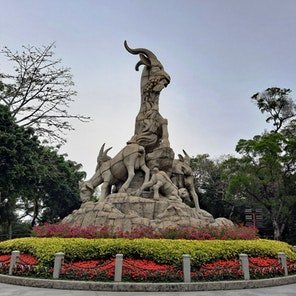
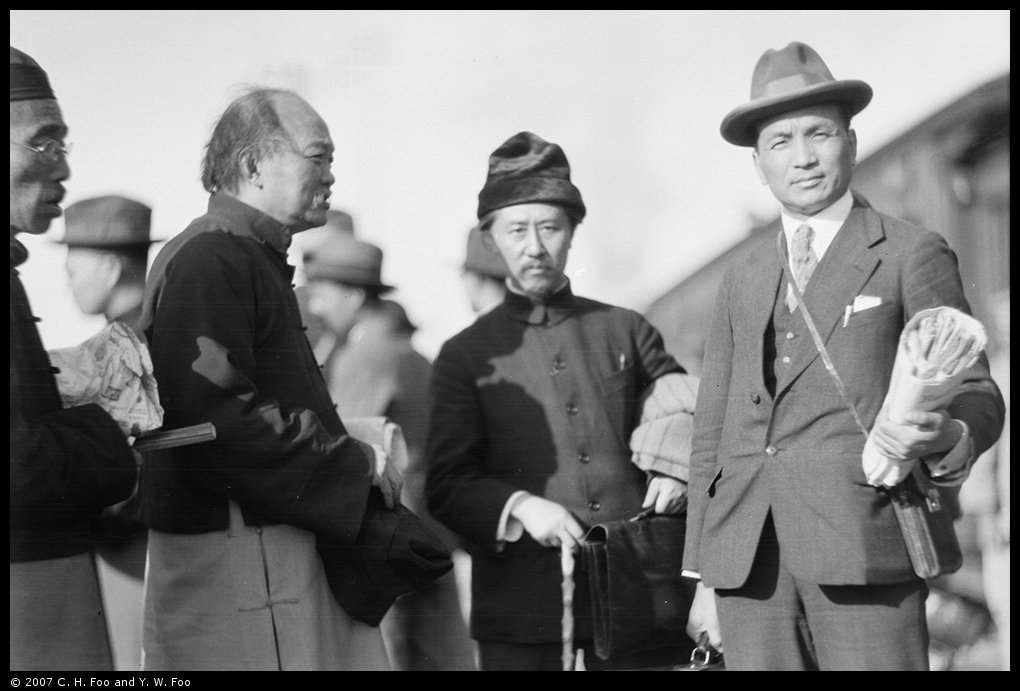
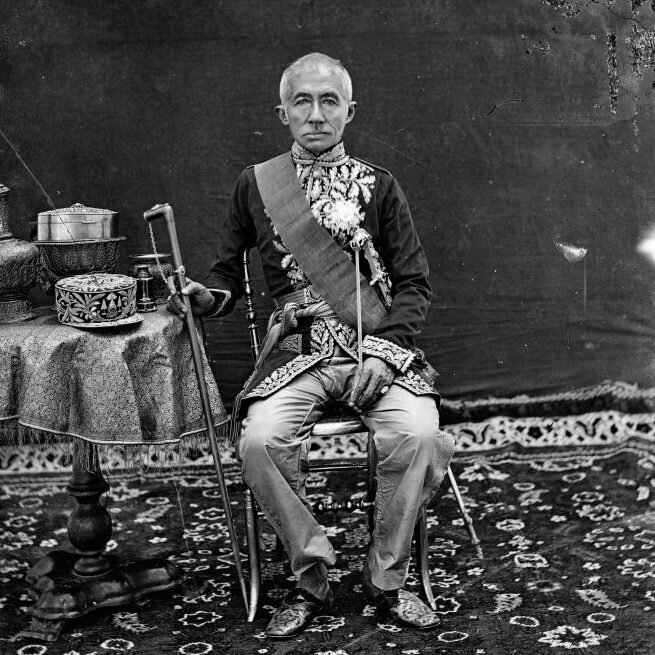
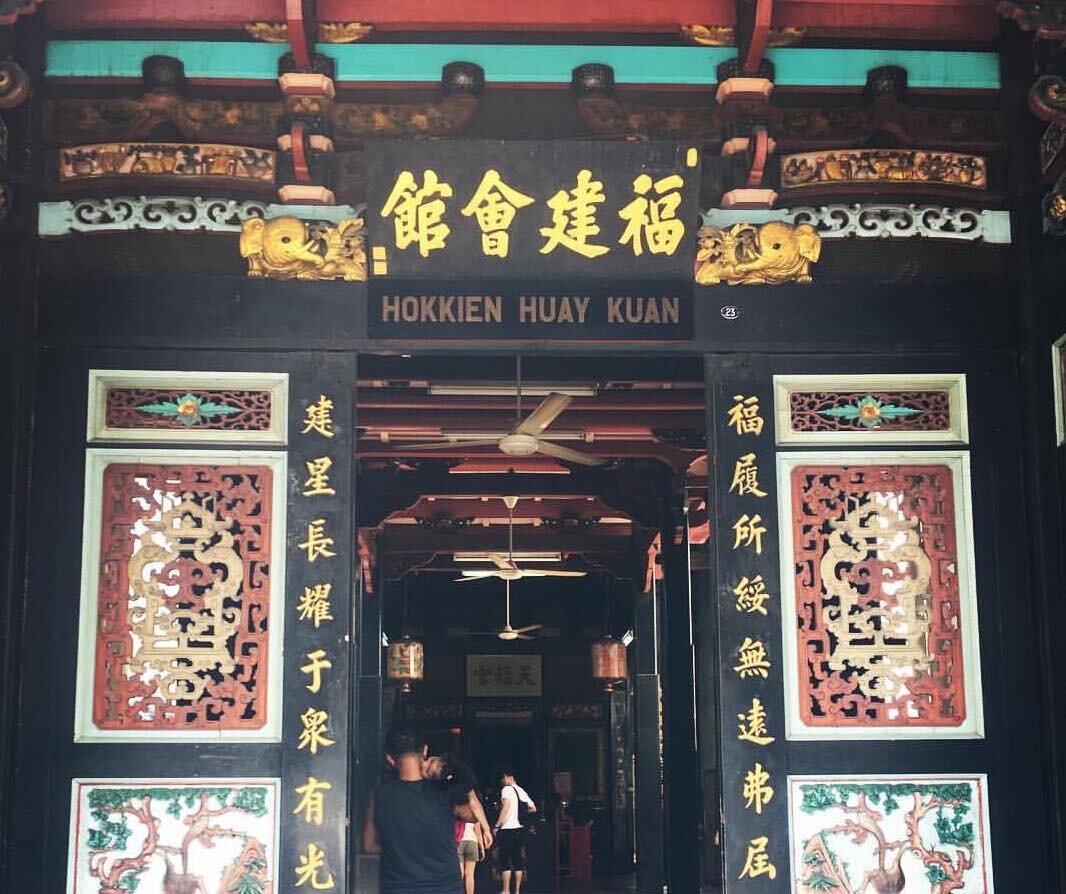
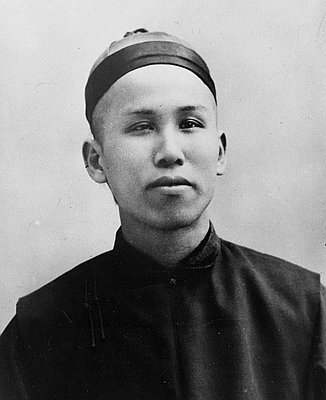


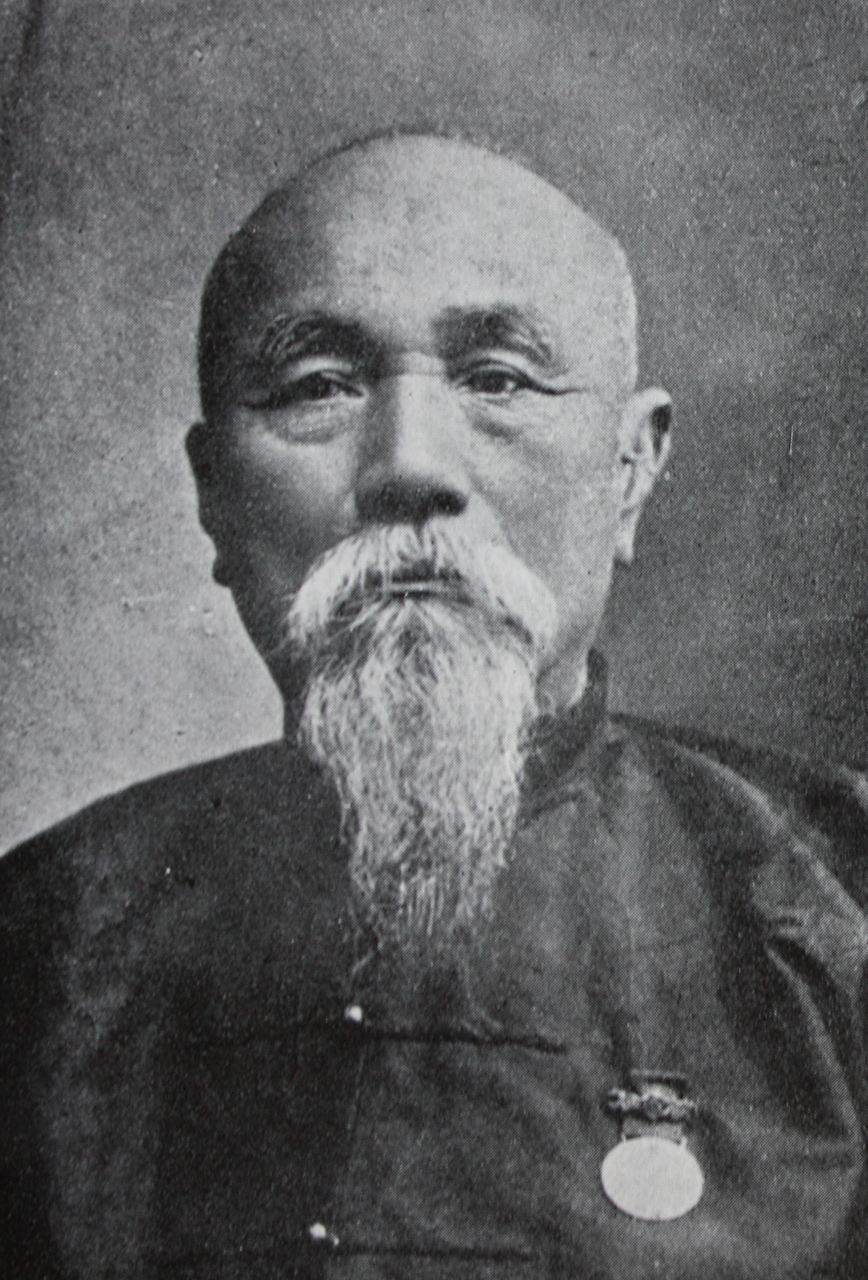

Some lighter fare this time as we look at the life of a Chinese-American many of us grew up with.